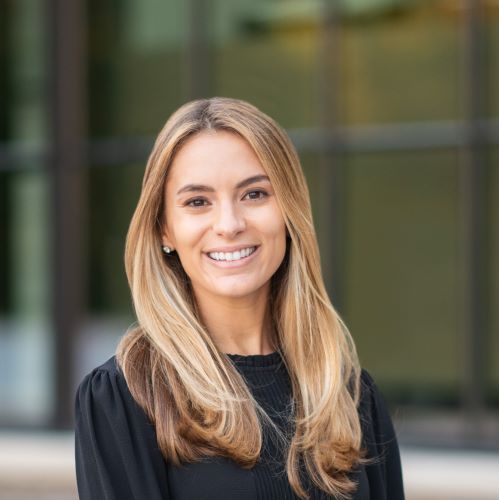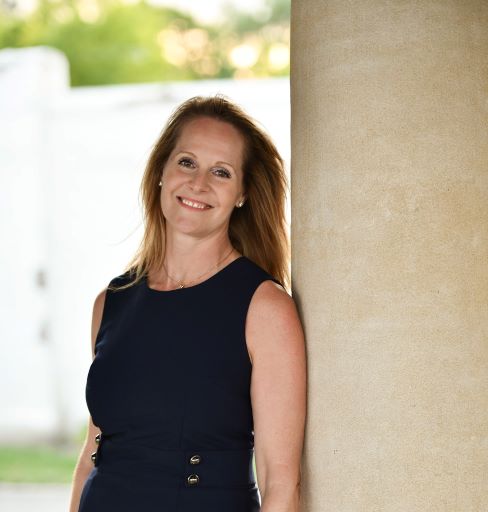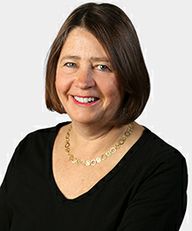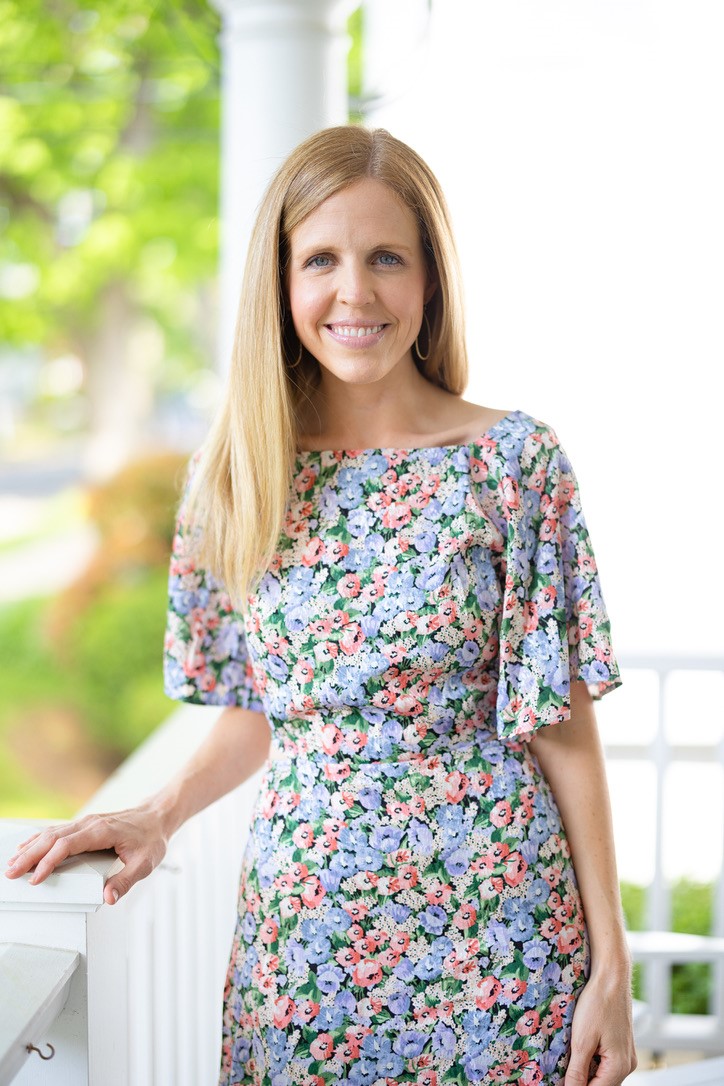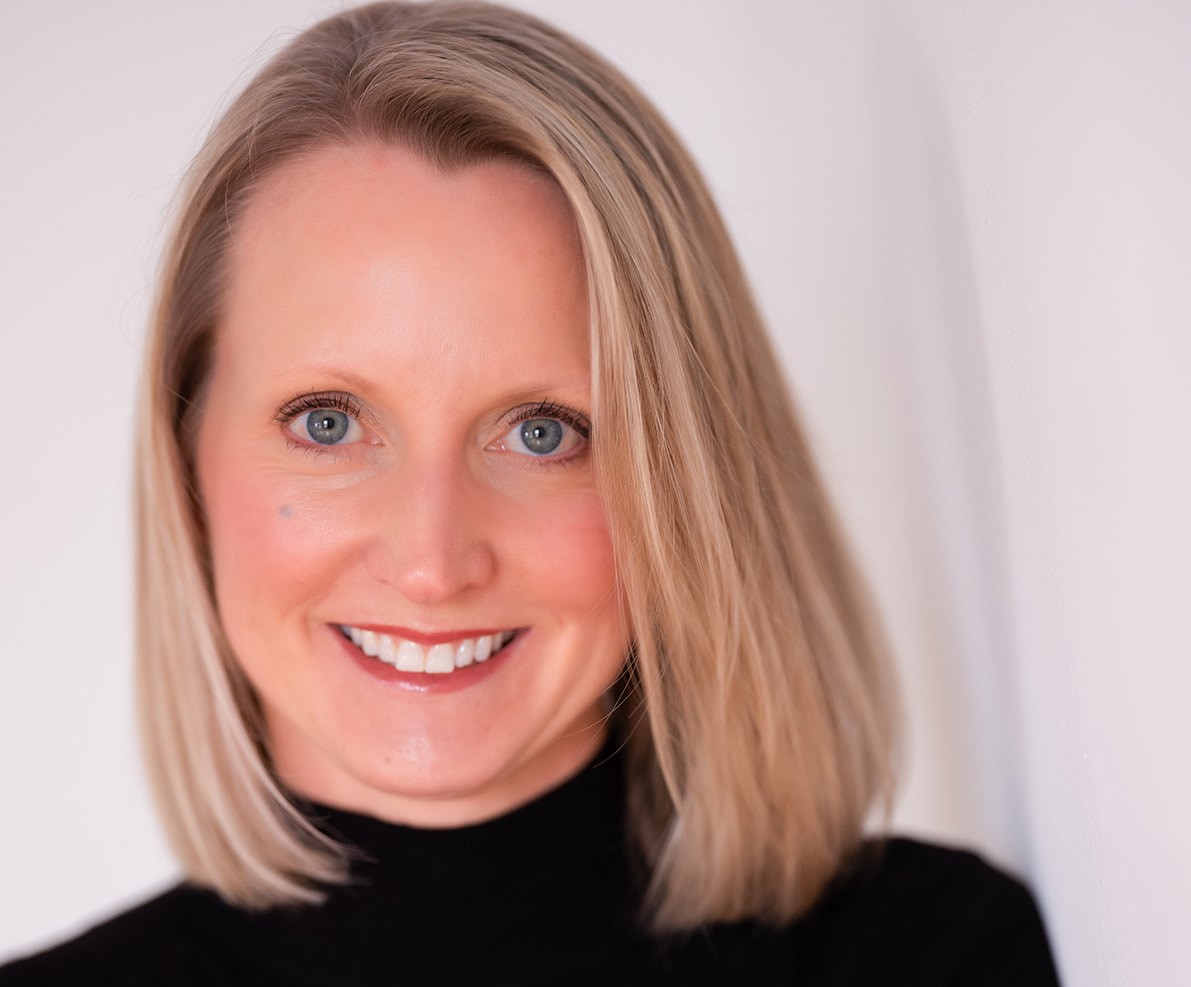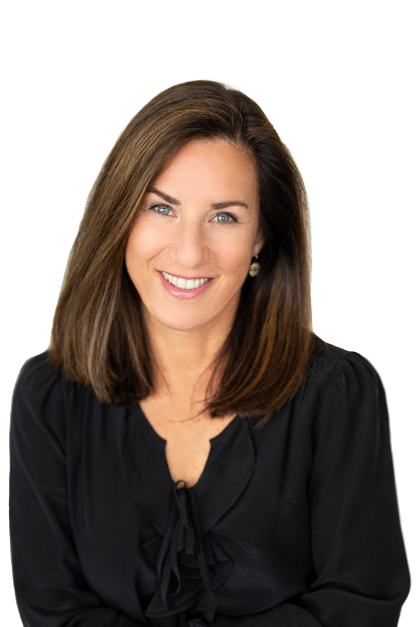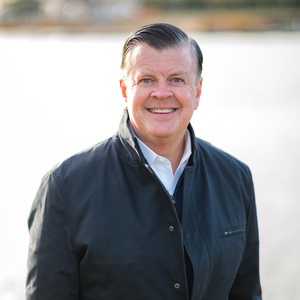 In a 20-page report submitted to the Rye City Council for consideration at their June 8 meeting, wildlife biologist and Rye resident Hank Birdsall proposed that Rye residents in high deer population areas undertake a careful bow-hunting project to reduce the increased deer population.
In a 20-page report submitted to the Rye City Council for consideration at their June 8 meeting, wildlife biologist and Rye resident Hank Birdsall proposed that Rye residents in high deer population areas undertake a careful bow-hunting project to reduce the increased deer population.
By Bill Lawyer
 In a 20-page report submitted to the Rye City Council for consideration at their June 8 meeting, wildlife biologist and Rye resident Hank Birdsall proposed that Rye residents in high deer population areas undertake a careful bow-hunting project to reduce the increased deer population. In a PowerPoint presentation, Birdsall made a strong case for why the plan was the most likely to succeed.
In a 20-page report submitted to the Rye City Council for consideration at their June 8 meeting, wildlife biologist and Rye resident Hank Birdsall proposed that Rye residents in high deer population areas undertake a careful bow-hunting project to reduce the increased deer population. In a PowerPoint presentation, Birdsall made a strong case for why the plan was the most likely to succeed.
The report is the latest in a series of workshops and proposals over the past decade on the damage that results from deer overpopulation: motor vehicle accidents, the destruction of forest understory, and the spread of disease.
The size of Rye’s deer population was determined by walk-through surveys of various properties in the community, deer pellet samples, and records of deer-motor vehicle collisions. Based on surveys of six sites in Rye, he estimates that there are at least 159 deer in the City.
Birdsall concluded that the deer population density is three times higher than that needed to ensure forest regeneration, and over five times the density required to reduce the population of deer ticks and associated Lyme disease.
His plan would entail “creating a peer-to-peer network connecting skilled, local volunteer archers to Rye landowners with suitable property for bow hunting. Hunters will be rigorously tested to ensure a high level of skill and ethics.”
The program would be conducted on a strictly volunteer basis. Birdsall stressed that “hunters selected for the program will be allowed to use their own diy deer feeder but will be required to abide by New York State bow hunting regulations and hunt from an elevated tree stand with a compound bow, a proven and safe method of harvesting deer in the suburbs. Twenty-five percent of the venison harvested will be donated to the Food Bank for Westchester for families in need.”
Birdsall said that he arrived at this recommendation after a thorough review of two other possible approaches to managing the deer population level.

First, he considered the application of immunocontraceptives on female white-tailed deer. Birdsall said that this method “has never been proven to work in an open population and has seen only mixed results in ‘closed’ populations on islands and in fenced areas. Hastings-on-Hudson is currently in the third year of a five-year study to determine the effectiveness of an immunocontraceptive program in an open population. I believe this program will fail.”
The second approach is the use of sharpshooters, “which is very expensive and generates much more controversy.” Birdsall noted that in a variety of other communities the use of sharpshooters was rejected on safety and moral grounds.
In describing the details of a bow-hunting program, Birdsall noted that these programs are highly regulated by the DEC and require very conservative setback distances to protect the public.
Birdsall added that he feels there will be more than enough homeowners joining the program to “make a significant reduction” in the deer population.
Participants’ names will not be made public, to protect them from any actions by opponents of the program.
Birdsall estimates that only seven to ten hunters would be needed to cover the sites. He pointed to the success of a similar bow-hunting program at the County’s Ward Pound Ridge Reservation.
Mayor Joe Sack recommended that the City look into working with Birdsall on starting the program on large tracts of City land with an overabundance of deer. Sack added that given the controversial nature of deer management proposals over the years, it would seem likely that this one will be equally scrutinized and criticized.
For the full management program, go to the June 8 Council meeting agenda on the City website, www.ryeny.gov.






